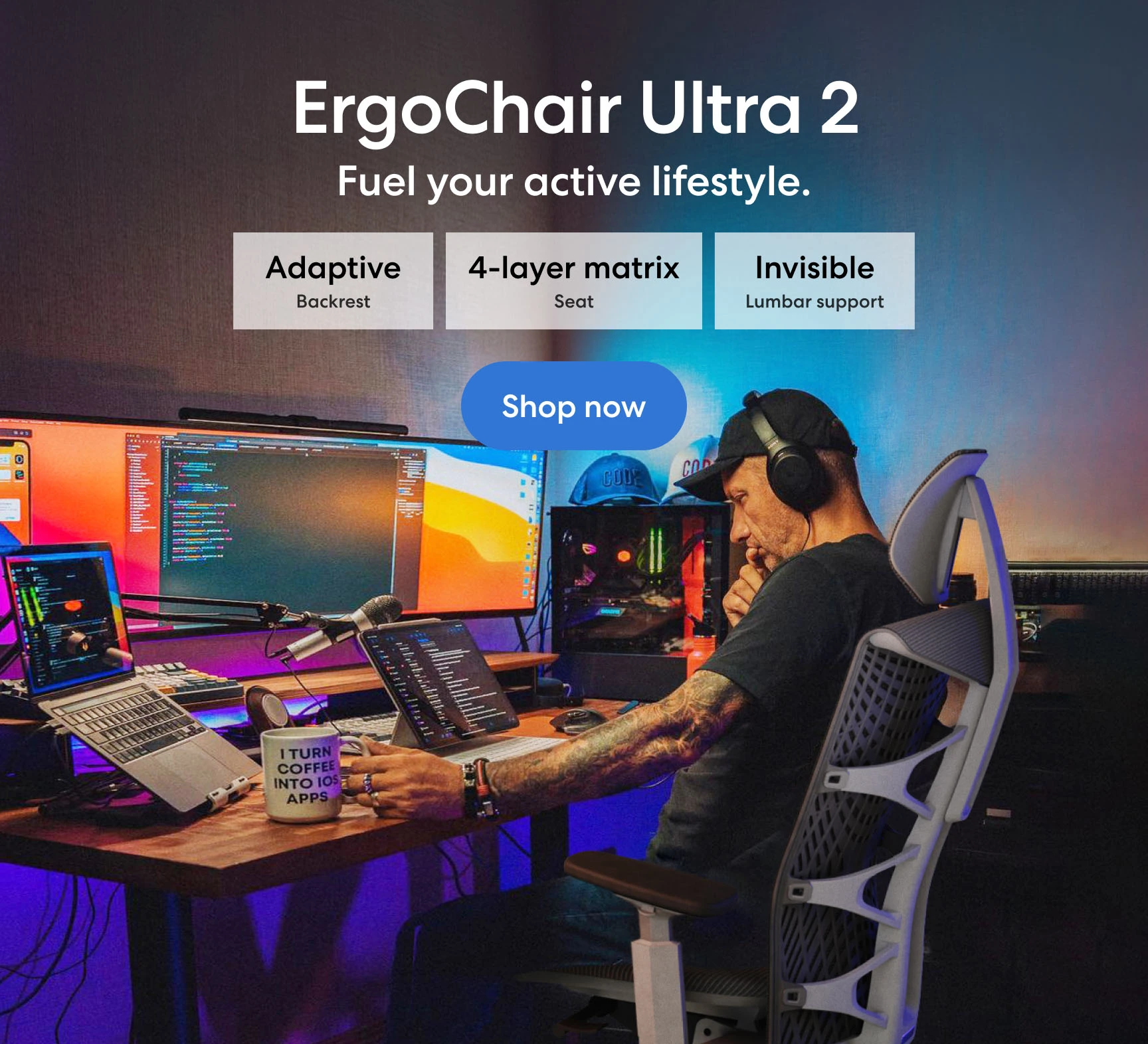Table of Contents
Welcome to our in depth guide on the 100% keyboard layout. In this article, we will unravel everything you need to know about this widely popular keyboard format. We will explore its extensive functionality, comprehensive design and layout features. Whether you are a professional aiming to boost productivity, a gamer seeking peak performance, or an enthusiast fascinated by customizability, this guide will provide valuable insights into the unique features and advantages of the 100% keyboard layout. Let's begin this journey and uncover all the secrets of 100% keyboards.
Understanding the 100% Keyboard Layout
A mechanical keyboard, an indispensable PC accessory, with a 100% layout encompasses a complete collection of alphanumeric keys, comprising both letters (A-Z) as well as numbers (0-9). Alongside these essential keys, it incorporates a diverse array of additional keys including function keys (F1-F12), arrow keys, modifier keys, a navigation cluster with home, end, page up, and page down keys, dedicated media control keys, and of course, the numeric keypad. These keys are thoughtfully organized in a standardized layout to ensure compatibility and provide convenience for the majority of users.
Typing Experience and Ergonomics
The typing experience on a 100-percent keyboard layout can differ based on factors like key switches, keycap material, and typing technique. Enthusiasts often favor mechanical switches for their tactile feedback and durability, resulting in a satisfying typing experience. The material of the keycaps, such as ABS and PBT plastic, also plays a role in the overall feel of typing. PBT keycaps, known for their durability and resistance to shine, are often preferred.
From an ergonomic perspective, the 100% keyboard layout may present challenges for those accustomed to smaller layouts like tenkeyless (TKL) or compact layouts. The wider design of the 100% keyboard may require users to stretch their arms slightly to reach peripheral keys, potentially causing discomfort during prolonged typing sessions. However, ergonomic accessories like wrist rests and adjustable keyboard stands can alleviate these concerns and enhance comfort.
Customization and Personalization
Although the 100% keyboard layout comes with a standard set of keys, enthusiasts commonly delve into customization options to tailor their keyboards to their liking. This customization may involve replacing the stock keycaps with custom sets or tweaking the switches to achieve a distinct typing experience. Moreover, some enthusiasts go the extra mile by opting for custom keyboard cases and accessories to add a personal touch to their setups.
Pros
Enhanced Productivity
The complete set of keys on the 100-percent keyboard layout allows for seamless workflow management and enhanced navigation within software interfaces. Dedicated function keys, a navigation cluster, and a numeric keypad enable swift access to commands, shortcuts, and numerical input. These features greatly contribute to the convenience and productivity of tasks like data entry and document editing.
Versatility
The versatile 100% keyboard layout is suitable for a wide spectrum of users, including professionals, gamers, and enthusiasts. Whether engaged in document creation, immersive gaming experiences, or number crunching tasks, the extensive keyset and ergonomic design of the 100% layout seamlessly adapt to different usage scenarios, providing comfort and convenience.
Cons
Large Footprint
The 100% keyboard layout generally has a larger size in comparison to compact layouts like tenkeyless (TKL) or compact keyboards. Consequently, it may necessitate additional desk space, which could restrict flexibility, particularly in environments with limited space such as shared workspaces or gaming setups.
Limited Portability
Due to their larger size and weight, 100% keyboards are less portable in comparison to compact alternatives. Transportation of a 100% keyboard could prove cumbersome for users, leading them to choose smaller and more portable options while on the move. This decision may involve sacrificing some functionality in exchange for enhanced portability.
FAQs
What are some different types of 100% keyboards other than mechanical keyboards?
Other types of keyboards include:
Virtual keyboards: Virtual keyboards are digital interfaces that appear on touchscreens or devices without physical keys. They operate by responding to touch input or stylus interaction for typing purposes.
Membrane keyboards: Membrane keyboards utilize rubber or silicone membranes located beneath the keys to facilitate input. Whenever a key is pressed, the membrane comes into contact with a circuit board, effectively registering the keystroke.
Flexible keyboards: Flexible keyboards are constructed from pliable materials such as silicone and possess the ability to be conveniently rolled up or folded, enhancing their portability. These keyboards boast durability and are resistant to spills and dust, ensuring a longer lifespan.
Split keyboards: Split keyboards are designed with two or more sections, enabling users to position each half based on their comfort and preference. This configuration promotes an ergonomic typing posture by alleviating strain on the wrists and hands.
What are left-handed keyboards?
Left-handed keyboards are keyboards specifically designed for left handed users. They have a mirrored layout with the numeric keypad and main keys positioned to the left, catering to the dominant use of the left hand for typing.
What is a quiet mechanical keyboard?
Quiet mechanical keyboards are equipped with switches designed for quieter operation. They also incorporate additional noise reduction features such as rubber O-ring dampeners or sound dampening foam inside the keyboard housing.
How many keys does a 100 keyboard have?
How many keys on a 100 keyboard? A mechanical keyboard with a 100% layout usually consists of around 104 to 108 keys, varying based on the particular model and manufacturer.
What is QWERTY, QWERTZ, and AZERTY?
QWERTY, QWERTZ, and AZERTY are named after the first six letters on the top row of keys. These keyboard layouts are region specific: QWERTY is commonly used in English speaking countries, QWERTZ is prevalent in German speaking countries, and AZERTY is the primary layout in French speaking countries.
Conclusion
To sum up, the 100% keyboard layout provides an inclusive typing experience, thanks to its comprehensive set of keys and versatile functionality. With alphanumeric keys, dedicated function keys, and a numeric keypad, the 100% layout caters to various user requirements, spanning typing, gaming, and productivity tasks. Whether for professional use or enthusiast customization, the 100% keyboard layout retains its timeless appeal among keyboard enthusiasts worldwide.
Get exclusive rewards
for your first Autonomous blog subscription.
Spread the word
You May Also Like




-7512dd9e-3510-42ed-92df-b8d735ea14ce.svg)


